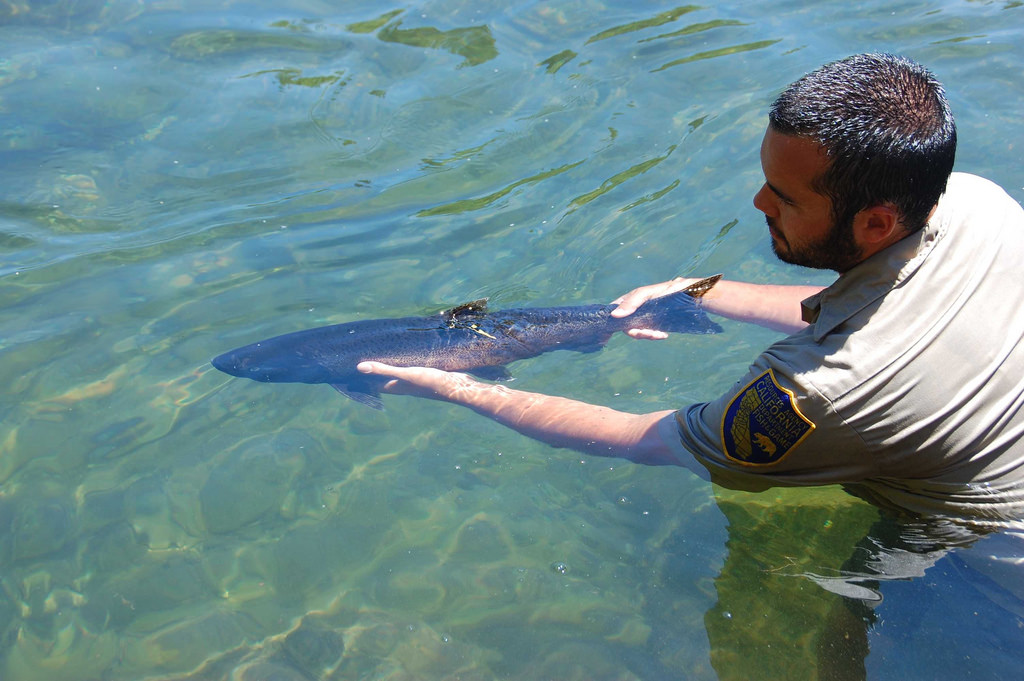UC Davis Study Could Help Spring Salmon Runs

A UC Davis study has explored the theories of spring Chinook salmoon run trends and could help in restoring dwindling numbers of springer salmon making their way back in from the Pacific.
The Sacramento Bee has more on the study’s potential impact and provides some insight as to why some kings and steelhead spawn earlier and the impact such research can have from a conservation standpoint:
This study provides new evidence that “springers” and other salmon that migrate upstream from the ocean to spawn early in the year are genetically different than later migrating populations.
This evidence could be used in the fight to protect groups of steelhead and Chinook salmon in Northern California and the Pacific Northwest. An earlier petition by conservation groups to list them under the Endangered Species Act in 2011 failed because it wasn’t clear that the groups were distinct.
Across the Western states, several salmon populations are listed under the Endangered Species Act, including Central Valley spring-run Chinook in the Sacramento River and tributaries upstream.
These premature migrators, spring-run Chinook and summer steelhead, are special. For one, they’re fattier, and are valued for their taste. But these populations have also suffered drastic declines across their range and haven’t fared as well as the later migrators.



